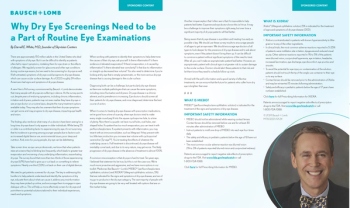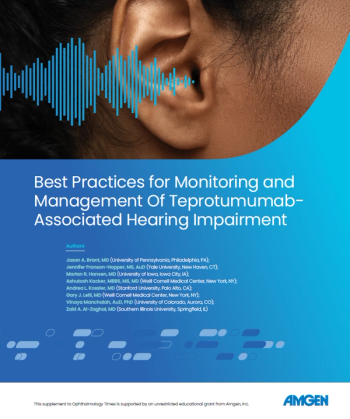
|Videos|March 31, 2022
A Cataract Case Study with Dr. Brandon Rodriguez
Author(s)SPONSORED BY BAUSCH + LOMB
Using an NSAID to Manage Inflammation and Pain After Cataract Surgery
Advertisement
Newsletter
Don’t miss out—get Ophthalmology Times updates on the latest clinical advancements and expert interviews, straight to your inbox.
Advertisement
Latest CME
Advertisement
Advertisement
Trending on Ophthalmology Times - Clinical Insights for Eye Specialists
1
8 things to know about aflibercept 8 mg for retinal vascular disease
2
How AI is reshaping ophthalmology in 2025 and beyond
3
From bench to bedside: Evolving realities of gene therapy for inherited retinal diseases
4
Reimagining dry eye care: Focus on sustained tear production
5







































